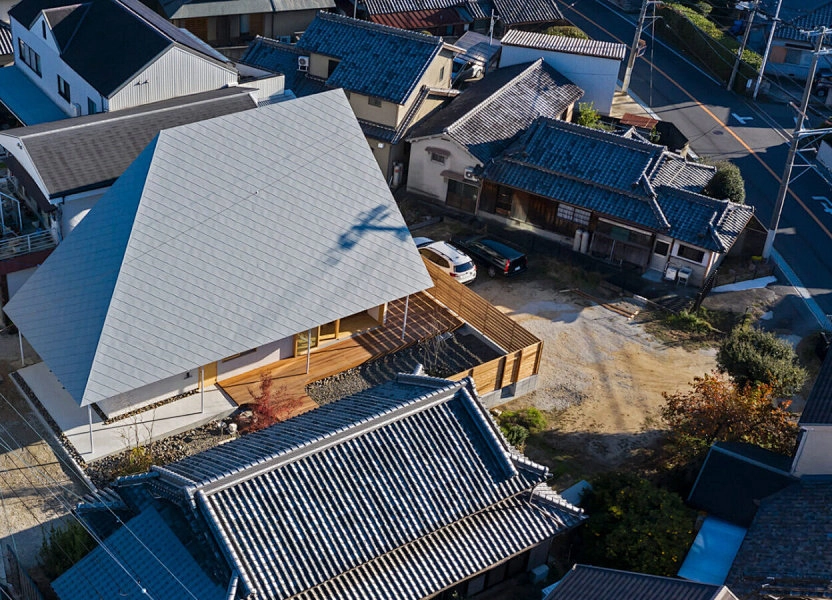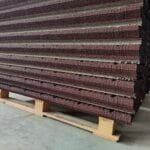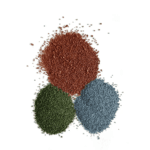Roof design is a critical aspect of any building, be it residential or commercial. It not only provides shelter and protection from the elements but also significantly contributes to the aesthetic appeal of the structure. This article will delve into the art of roof design, exploring both aesthetic and functional considerations to help you master this essential aspect of architecture.
Understanding the Importance of Roof Design
A roof is more than just a protective cover for a building. It plays a pivotal role in defining the building’s overall aesthetic appeal and functionality. The right roof design can elevate the style of your property, making a lasting impression on onlookers. Moreover, a well-designed roof can last anywhere between 25 and 100 years, especially if it is maintained well.
Aesthetic Considerations in Roof Design
When it comes to aesthetic considerations, the roof should match its environment. For instance, a cottage-style home should have a similar roof, while ultra-modern commercial properties should have sophisticated structures that complement their design. The roof design should also cohere with the overall design of the building, ensuring a harmonious look.
Exploring Different Roof Designs
There is a wide array of roof designs to choose from, each bringing its own unique style and functionality. Some popular roof designs include:
- Gable Roof Design: This classic design features two sloping sides that meet at a peak, providing excellent ventilation and ample attic space.
- Mansard Roof Design: Characterized by its four sloping sides with a double-pitched profile, Mansard roofs create additional living space in the form of a usable attic or dormer windows.
- Hip Roof Design: A hip roof has four sides that slope inward toward the center of the structure, known for their stability and resistance to strong winds.
- Green Roof Design: Incorporating plants and vegetation, green roofs create a visually appealing and eco-friendly space.
Functional Considerations in Roof Design
While aesthetics are important, a roof also needs to be functional and reliable. A weak structure can cause substantial damage to the property. Here are some functional considerations:
- Protection: The roof should protect both exterior and interior parts of the building from weather elements.
- Energy Efficiency: Choosing a roofing material that reflects sunlight can drastically reduce the amount of heat entering your house, helping keep interior temperatures more comfortable during warmer months.
- Durability: The roof should be able to withstand various weather conditions, including wind, rain, and ultraviolet light.
- Maintenance: The roof design should also consider ease of maintenance and repair.
Choosing the Right Roofing Material
Today’s homeowners have a wide variety of choices when it comes to roofing materials, from traditional asphalt shingles to metal, slate, tile, and more. Each type has its pros and cons. For instance, metal roofs tend to last much longer than shingles, but they may be more expensive. Some roofing materials may not be suitable for certain climates or building styles, so it’s important to do some research and consult with a professional if necessary.
Green Roofs: A Blend of Aesthetics and Functionality
Green roofs, covered with plants and vegetation, offer multiple environmental, social, economic, and aesthetic benefits. They can reduce the stormwater runoff rate from a roof by up to 65%, make roof surfaces 30-40% cooler, reduce heat flux from roof to building by up to 72%, and last 40 years or more. They also improve the building’s thermal performance, helping to reduce energy consumption and costs.
Conclusion
Mastering roof design involves a careful balance of aesthetic and functional considerations. By understanding the different roof designs and materials available, considering the building’s environment and style, and prioritizing functionality and durability, you can create a roof that not only looks good but also serves its purpose effectively.
FAQs
Q: What are the key considerations in roof design?
A: Some key considerations in roof design include matching the roof with its environment, choosing the right roof design and material, ensuring the roof is functional and durable, and considering energy efficiency.
Q: What are some popular roof designs?
A: Some popular roof designs include gable roof design, mansard roof design, hip roof design, and green roof design.
Q: What are the benefits of a green roof?
A: Green roofs offer multiple benefits, including reducing stormwater runoff, making roof surfaces cooler, reducing heat flux from roof to building, and improving the building’s thermal performance.
Q: How long can a well-designed roof last?
A: A well-designed and well-maintained roof can last anywhere between 25 and 100 years.
Q: How does roof design contribute to a building’s aesthetic appeal?
A: The roof design can significantly contribute to a building’s aesthetic appeal by complementing its overall design and style. The right roof design can elevate the style of your property, making a lasting impression.




